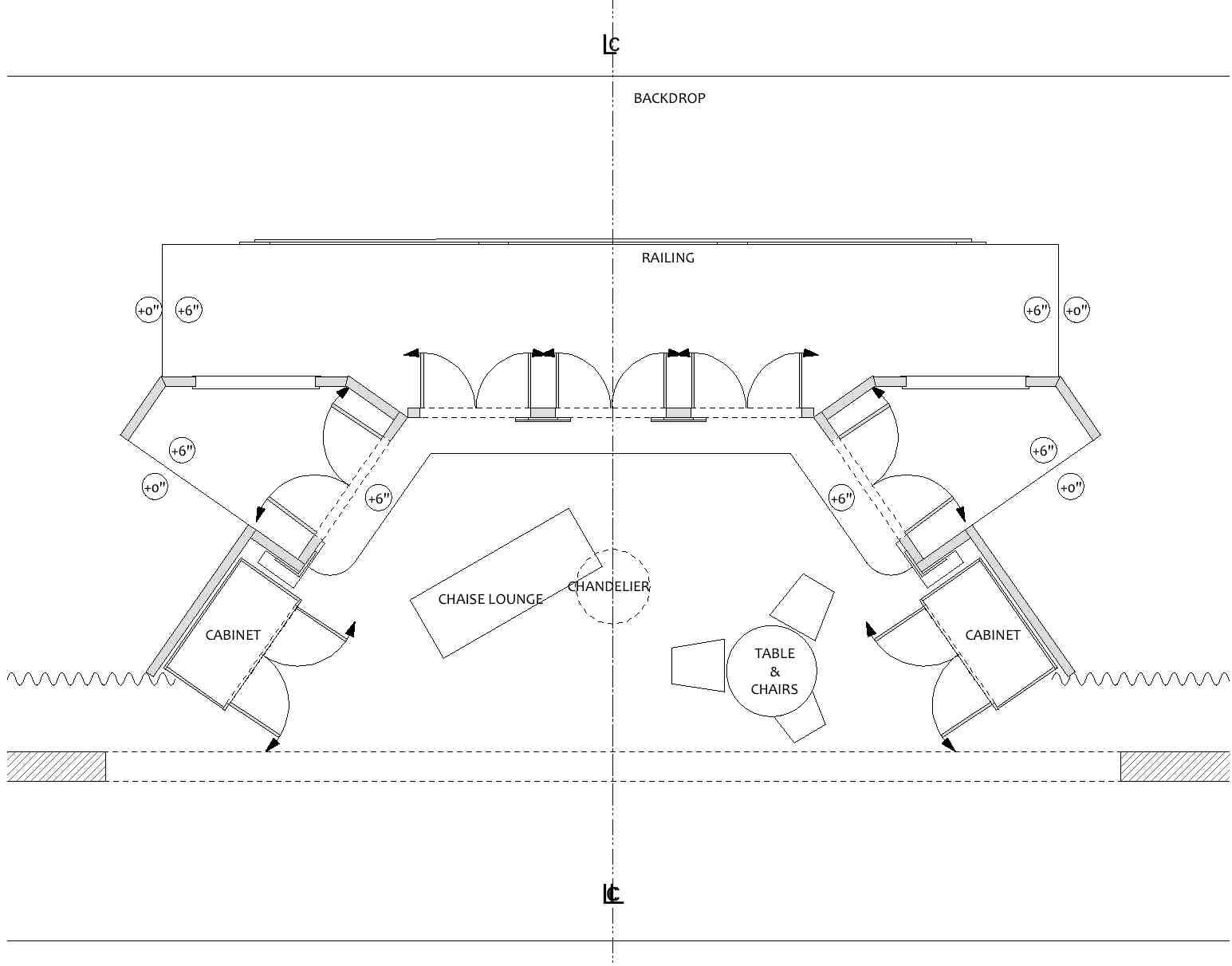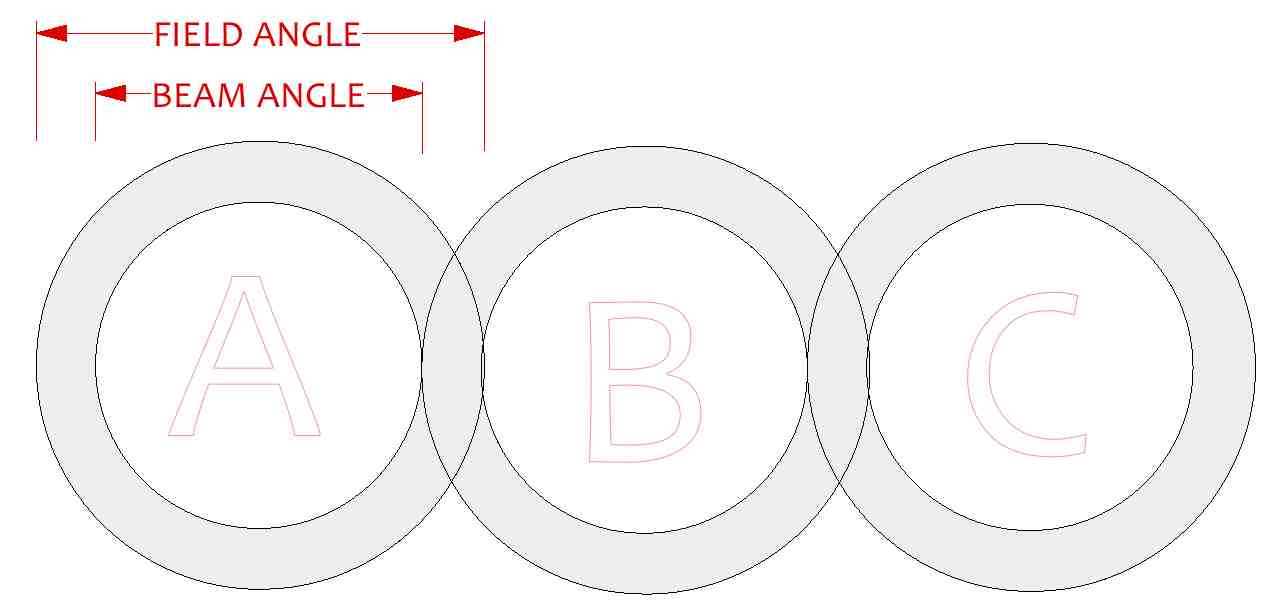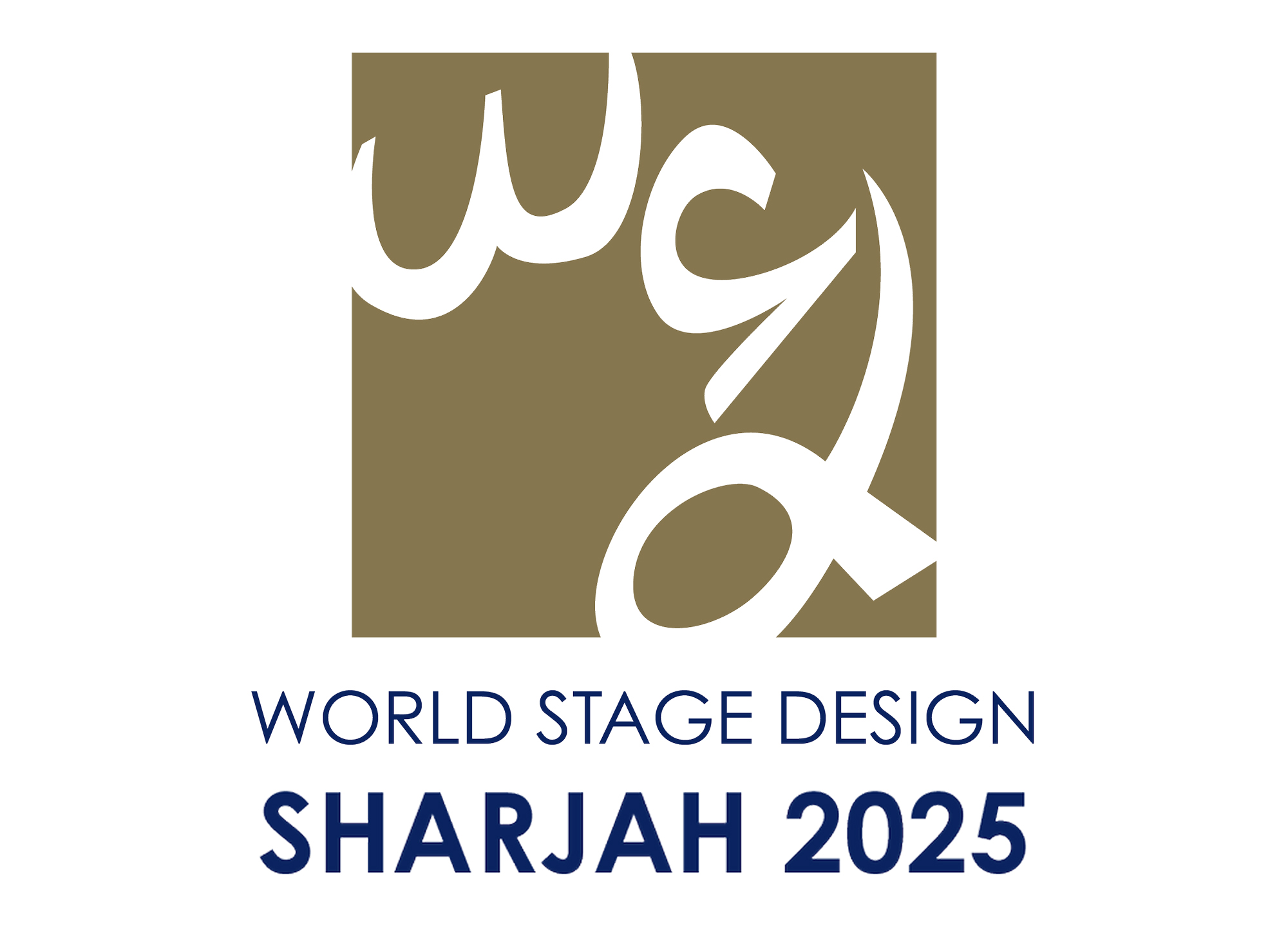一旦灯光设计师已取得的一般决定的测定上的分布(定向性,质地等),并通过创建一个颜色的最广泛的意义照明键,并装备有一组的准确的文件(特别是计划和设置)和剧院的准确吸取的部分,她是有能力开始创建轻情节。
Once the Lighting Designer has made the determinations of the general decisions on the distribution (directionality, texture, etc.) and the broadest sense of color by creating a Lighting Key, and is armed with an accurate documentation of the set (particularly the plan and section of the setting) and accurate drawing of the theatre, she is equipped to begin creating the Light Plot.

Set Designer’s floor plan for Prima Donna. Notice that lighting positions are NOT indicated.
一个音符特别重要的是获得进入影院的准确图纸的问题。设计师需要确切地知道在现有的照明位置存在空间,以及这些职位涉及到设置..通常情况下,照明设计师依赖于房屋提供的图纸或其他合作者。如果没有更好的可用,则这可能就够了。然而,没有什么比现场参观和个人的观察和进行测量的人,以确保照明设计是在现实中,而不是在其他一些合作者的文档中的错误和遗漏前提。照明设计师谁忽视,以确保图纸的精确度本身,有没有人,但如果不准确的为她打造的问题上下行咎由自取。
One note of particular importance is that issue of gaining access to accurate drawings of the theatre.The designer needs to know exactly in space where available lighting positions exist and how those positions relate to the setting.. Often, the Lighting Designer relies on drawings provided by the house or by other collaborators.If nothing better is available, then this may have to suffice.However, nothing beats a site visit and personal observation and making measurements in person to assure that the lighting design is predicated on reality and not upon errors and omissions in some other collaborator's documentation.A Lighting Designer who neglects to assure themselves of the accuracy of the drawings, has nobody but themselves to blame if inaccuracies create problems for her on down the line.
在开始绘制光情节的过程的下一步是照明设计师,以确定如何最好地空间达分成“照明领域”。
A next step in the process of beginning to draw the light plot is for the Lighting Designer to determine how best to divide the space up into “Lighting Areas”.
有一对夫妇的强有力的理由来创建照明领域。最重要的是根据的“选择性聚焦”的目标和文本的要求,导演和设计理念,以及演员的舞台上移动和定位的过程中发挥重要的时刻的交集。在上面的例子中,我们可能需要,因为很多动作的发生有隔离桌子和沙发之间的舞台的中心。同样停机坪的中心。在每个舞台后部的门,该中心阳台窗口,在每个衣橱的前面的前面的区域,沙发,桌子,所有可能是,设计者可能需要有相对于该阶段的其余部分更亮地照亮的能力方面。不是所有的,这可能是能够容纳与照明领域,但设计师会很好地确定什么是理想的生产,限制了她自己在特定情况下什么是可能的了。
There are a couple of strong reasons for creating lighting areas.The foremost is based upon the intersection of the goal of “Selective Focus” and the requirements of the text, the Directorial and design concepts, and the actor's movement and location on stage during important moments of the play.In the example above, we might need to isolate the center of the stage between the table and sofa because a lot of action takes place there.The areas in front of each upstage door, the center balcony window, in front of each wardrobe, the sofa, the table, all might be areas that the designer might need to have the ability to light more brightly relative to the remainder of the stage.
Not all of this might be able to be accommodated with Lighting Areas, but a designer would do well to determine what is ideal for the production, before limiting herself to what is possible under the given circumstances.
用于将舞台到照明区域的另一重要原因是,为了从一个特定的轴实现亮度乃至阶段的覆盖足够水平(和保持整个宽度和阶段的深度轴)照明设计者的事实将不得不使用若干夹具聚焦在舞台的不同区域,但在相同的角度,以它们各自的区域。
Another important reason for dividing the stage into lighting areas is the fact that in order to achieve adequate level of brightness and even coverage of the stage from a particular axis (and to maintain that axis across the width and depth of the stage) the lighting designer will have to use several fixtures focused at different areas of the stage, but at the same angle to their respective areas.
该灯光设计师将需要计划是,反过来,取决于几个关键因素,以及照明区的数量和大小。我们将探讨这些因素下一次。
The number and size of the Lighting Areas that the Lighting Designer will need to plan for is, in turn, dependent upon a few key factors as well.We will explore those factors next time.
同时,为了从一个区域到另一个区域创建的光的光滑洗涤,相邻区域通常通过如在图中所示下这需要在梁和视场角的光学特性的优点的一定比例重叠。而光束角是光的变化的光输出的最亮部分的不超过50%的圆锥体,视场角由光的减少的光输出的最亮区域的少至10%的圆锥体的。
Meanwhile, in order to create the smooth wash of light from one area to another, adjacent areas typically overlap by a certain percentage as indicated in the diagram below This takes advantage of the optical properties of the beam and field angles.Whereas the beam angle is the cone of light that varies no more than 50 percent of the brightest portion of the light output, the field angle consists of the cone of light that diminishes to as little as 10 percent of the brightest area of the light output.

A diagram of three adjacent lighting areas
根据经验,一般情况下,照明设计师应该计划在每个照明领域的直径8和14脚之间。直径反过来将取决于照明位置和阶段,可用仪器的光束扩散之间的投射距离。
As a general rule of thumb, the Lighting Designer should plan on each lighting area being between 8 and 14 feet in diameter.The diameter will, in turn depend upon the throw distances between the lighting positions and the stage and the beam spread of the available instrumentation.












